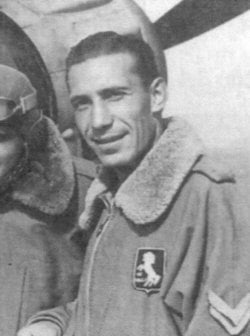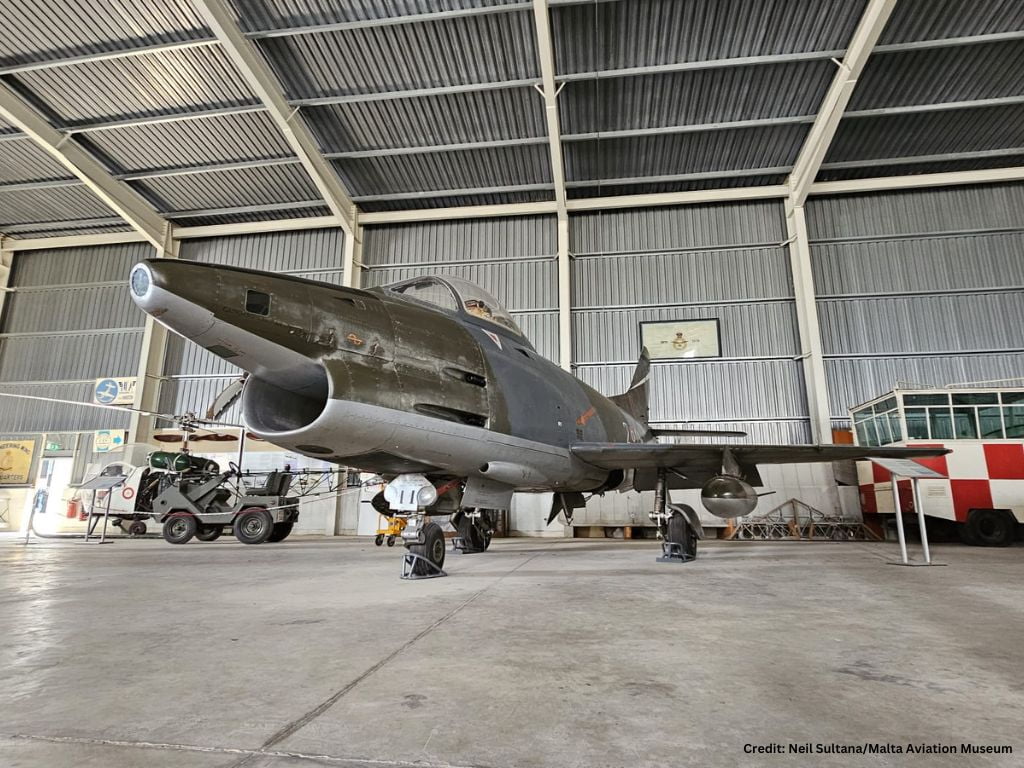
Picchiatelli Over Malta
In the afternoon of September 2, the Italian Stukas – nicknamed Picchiatello in Italian service- went through their baptism of fire in the Mediterranean when they attacked a naval formation just outside Maltese waters (OPERATION HATS).







